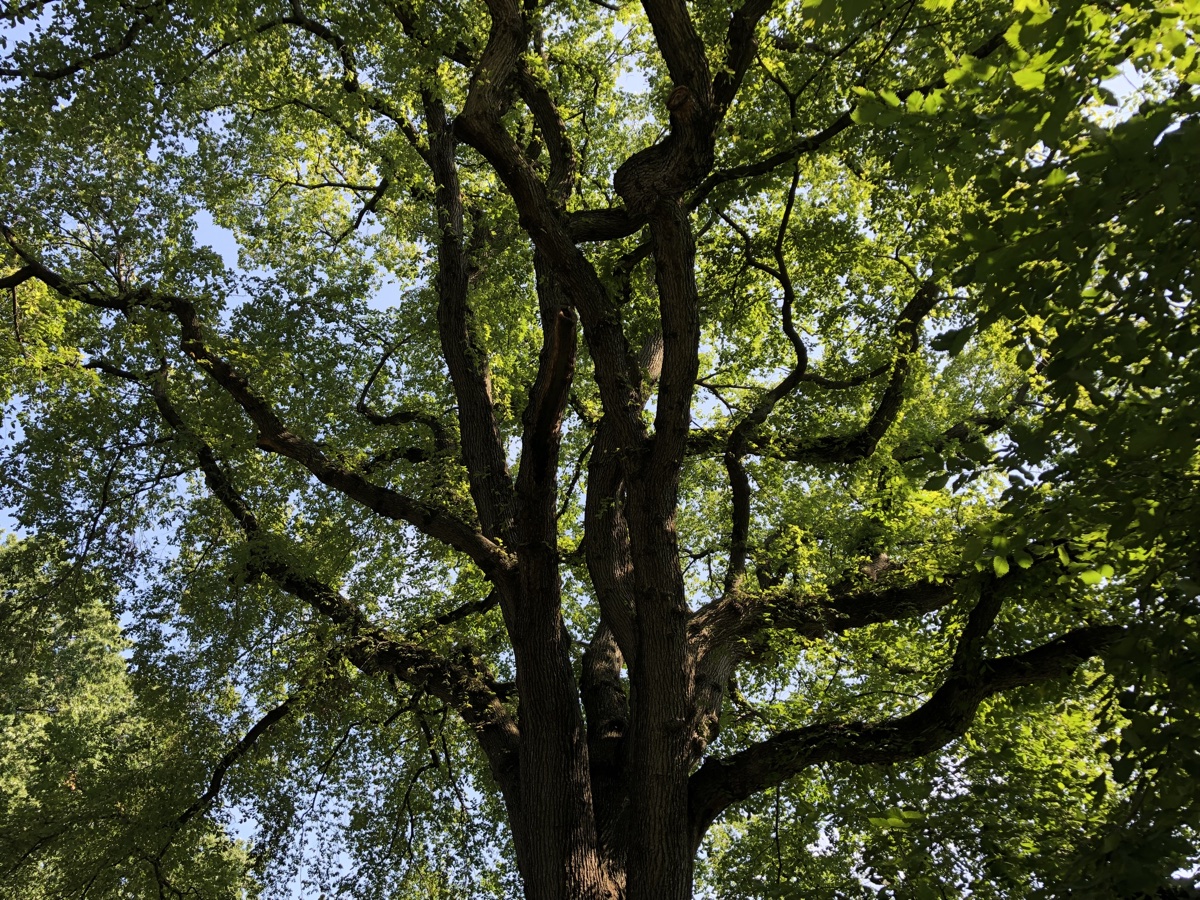Whenever I begin any kind of group, I invite people to take a moment to follow the next out-breath down inside and find the place that is their natural landing place, their internal center of gravity. This is the place in us where we touch into a couple of very important aspects of ourselves. One is the steadiness that lives here. It is a steadiness that can never be disturbed. Another is arriving to an awareness of the quality and tone of our inherent core presence, the unique energy signature that we radiate throughout our bodymind being and out into the world around us in every moment, without exception.
We live in a world that appears to be solid and yet is actually comprised of an infinite variety of frequencies of energy. As Einstein says, “Everything is energy and that’s all there is to it. Match the frequency of the reality you want and you cannot help but get that reality. This is not philosophy. This is physics.”
If our human senses were more attuned to these frequencies, we would be aware of ultra-violet light and color, x-rays, and so much more. We are aware of a very small range of frequencies that are present and part of our physical lives.
Read More “899th Week: Your Unique Energy Signature and the Spaces Around You“

